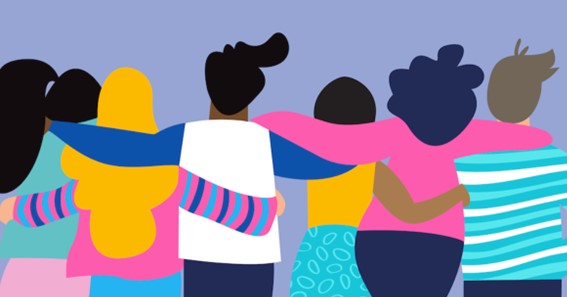Racism is a widespread problem in the United States, affecting schools across the nation. Various news channels, periodicals, social media platforms uses multiple strategeis for course selling by educating on this cricial topics. There is not even a single year when we have not heard news regarding racial discimination practices. Teachers’ interactions with other students, kids’ interactions with each other, educational access provided to various students , financing, teacher readiness, and school discipline are all examples where racism potentially takes place in schools. Racism is a taught trait that can be avoided and addressed in schools through effort, knowledge, and intervention. Use the information below to assist your school avoid racist acts.
Click here – Skills Required For Micro Teaching
Racism Prevention in Schools
1.Understanding of Oneself
Self-consciousness and self-reflection are the first steps in avoiding racism in schools. Educators must understand how race, culture, age, sexual identity, culture, socioeconomic background, and physical ability interact with each other.
We need to understand how belonging to a specific group grants us advantage in some areas, and we need to be willing to fully listen to marginalised groups that have distinct experiences in life due to their social divisions. We must be aware of our own prejudices and endeavour to comprehend others with various backgrounds.
- Learning and Development
Teachers must engage in training development programs that strengthen their cultural intelligence along with self-consciousness. During the school years look for various learning activities focused on culturally appropriate education, cultural sensitivity, distinctiveness, and cultural diversity. Use materials that emphasise on diversification and inclusivity in education.
- Teaching that is culturally appropriate
Launch course also highlights culturally relevant advertisement and videos. Teachers can use culturally appropriate teaching to offer training experiences that address race or ethnicity. Academic success, cultural knowledge, and political and social interpretation are all important aspects of culturally significant education. Students participate in challenging educational activities that use literature and materials to investigate issues in varied cultures as a result of culturally significant education.
Teaching that is culturally significant use a variety of texts to thoughtfully approach challenging problems of race, ethnicity, and religion. The text could be used to enhance general textbooks with non-traditional historical material. Students are exposed to a wide range of individuals and settings through culturally relevant instruction. It’s about a plethora of information, not just a cultural festival when students sample dishes and listen to music from another country. Most significantly, culturally appropriate instruction promotes social justice by highlighting historic initiatives that have sought to promote global acceptance and equality.
- Teaching On Racism And Dispute Resolution That Aren’t Explicit
Racism must be explicitly discussed with students in order to avoid it. Conversations on race can be awkward, but with proper tactics, listening skills, and understanding of everybody’s common susceptibility, an awkward talk can become a transforming learning opportunity. We do our students and society an injustice when we study about civilizations but avoid discussing the tough portions of our history. We need to talk about misunderstandings and the challenges our country has encountered in dealing with racism.
- Understanding How Racial Bias Affects Discipline
School administration must be mindful of the potential for racial bias to influence discipline in schools. Data must be used by managers and instructors to assess trends in student behaviour and reveal disparities. Restorative Practices can also be used in schools to give a constructive rather than punishing response to discipline problems.
- Community Collaborations
Racism has systematic and long term consequences. Students must go into the world after learning about racism and encounter these challenges in real life. Schools must collaborate with community organisations fighting racism and inequity in their communities.
Eliminating racism requires a strong focus on societal justice. Students can get engaged in social justice activities by inviting community organisations into their schools. Having people in your class who can discuss their history or experience that relate to a certain topic is also a fantastic approach to build community and demonstrate to your pupils that their own and their relatives’ experiences are just as important as the ones they read in books.
Given that kids of colour make up the vast majority of our schools, the culture and climate work we perform with them invariably overlaps with problems of race and disparity in discipline.
Click here – What is an AirTrack mats?



